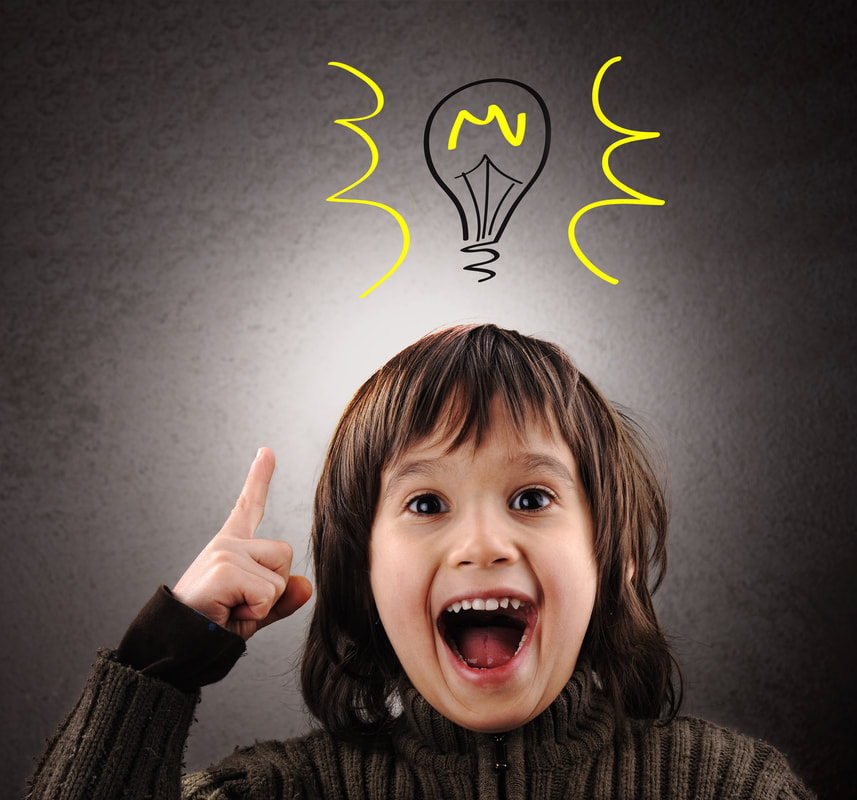There is a considerable science to learning how to swim and, as with learning any skill, there are many different processes that work together. That old trick of ‘rubbing your tummy and patting your head at the same time?’ It sounds simple, right? But in reality we know that it is far more complicated than it seems especially for little ones. Swimming is a bit like this.
Complex biomechanics underpin even the seemingly simplest of skills. Our brains need to send the exact signals to the corresponding muscles and this takes time to master. When learning a skill for the first time, neural pathways firstly need to be established and then reinforced with regular practice. Here at Col Jones we understand the importance of continually developing these skills with practice and time to strengthen the neural pathways and build muscle memory. Once these have developed, we also understand the importance of time – after a skill is mastered we need to perform it at the ‘autonomous stage.’ That’s the stage when the skill is performed with little thought and much less effort than the earlier stages of learning. At Col Jones we ensure our students demonstrate each required skill at the autonomous stage before progressing to learning new skills, to reinforce all that hard work! Comments are closed.
|
Details
Archives
April 2024
Categories |
We Would Love to Have You Visit Soon!
Address524 Railway Pde Hurstville
|
Telephone |
|
© Copyright 2019 Col Jones Swim Fitness


 RSS Feed
RSS Feed